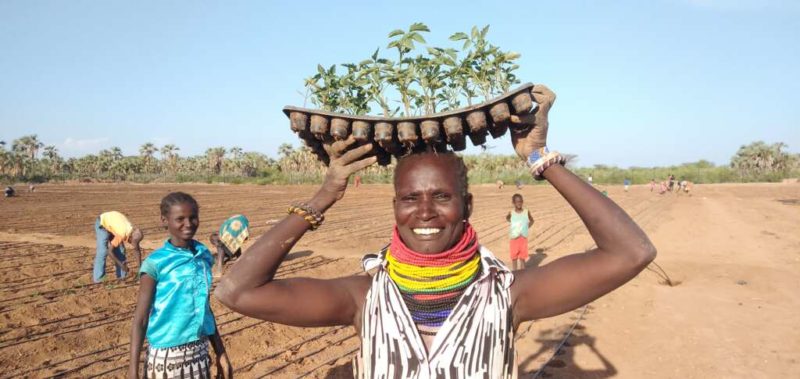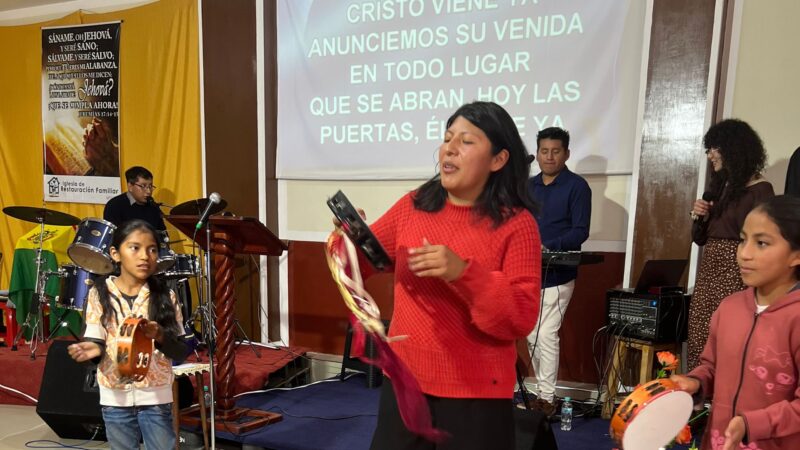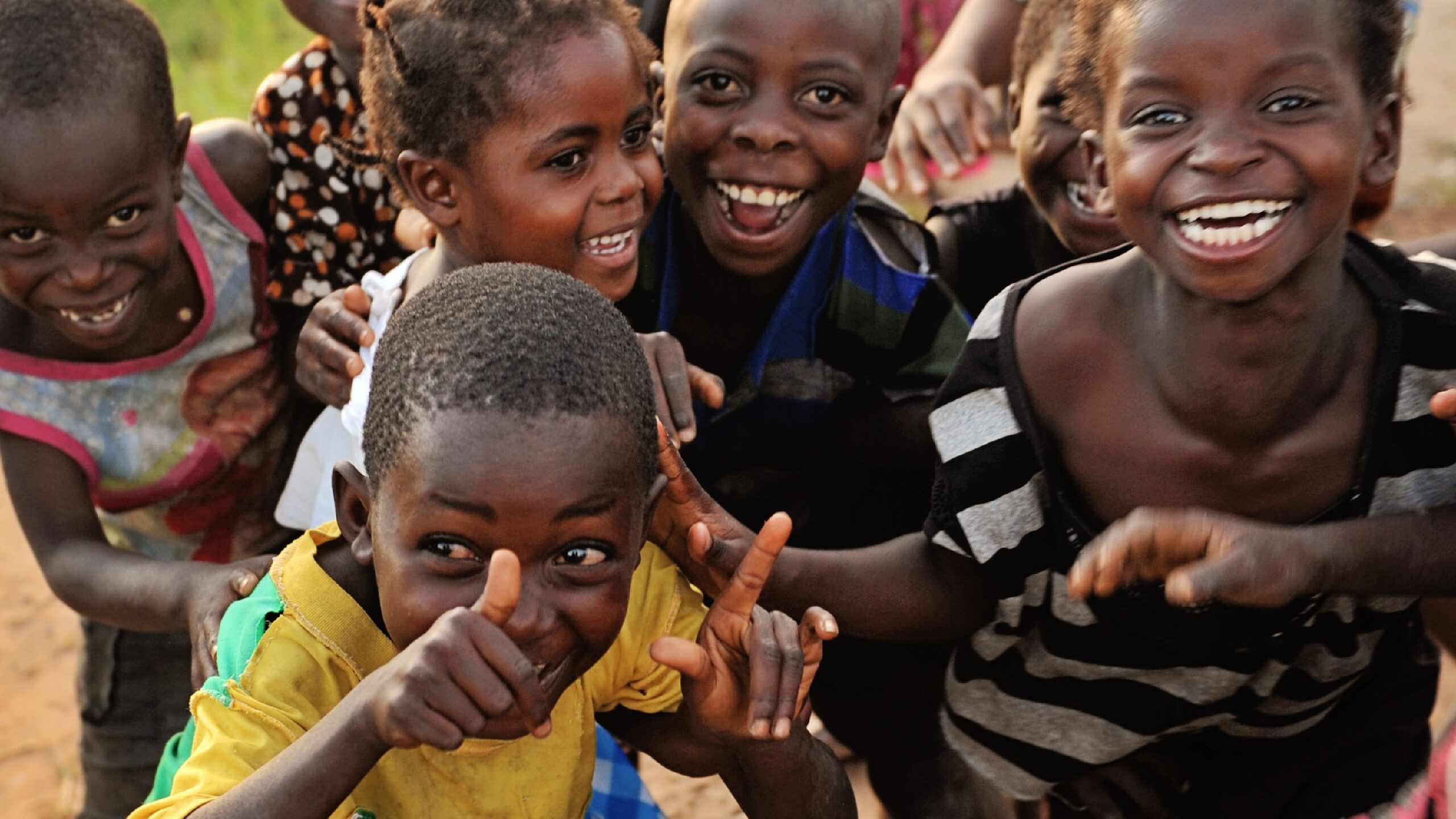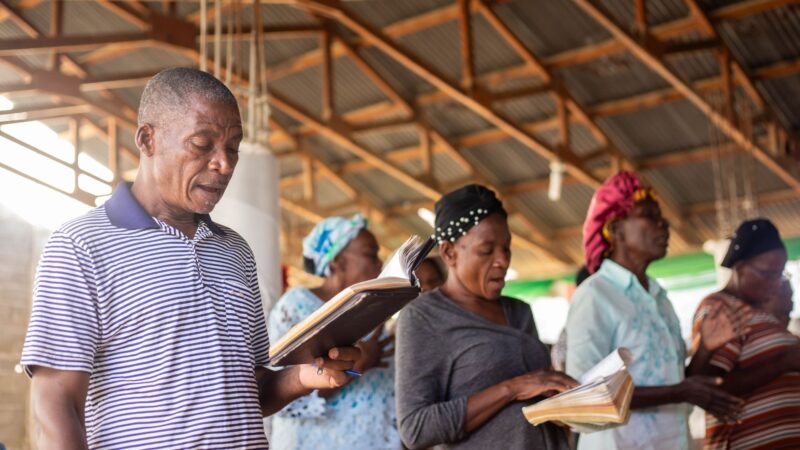Imagine growing up in Turkana, a vast, drought-ridden county in northern Kenya. You live the way your parents and their parents and their parents lived, as far back as anyone can recollect. You are an iconic people group, with your layers of bright beads around your neck, vibrant fabric wraps, and deeply set traditions.
Things like farming and vegetables have no place in your world. Lettuce? That’s food for animals, and it’s almost an insult to suggest that people would eat leafy greens. But these days, most people in your small village of Natoot are unemployed, barely surviving day-to-day by burning charcoal or making handcrafts like palm mats or brooms to sell.
Some people have animals, but in this region, cycles of drought from little rainfall have killed many — destroying people’s source of food and income. You’ve seen the lines of animal corpses, casualties of the drought. Without animals, hunger reaches heartbreaking levels.
There had to be a solution…
In 2017, we started dreaming of a farm — a farm that would give the Turkana people in Natoot a nutritional, sustainable source of food; something that would utilize ingenious irrigation technology so the farm could flourish even when there was little rainfall. We partnered with a church in Natoot who shared this dream — and had the land to make this dream become a reality.
It’s been a long journey, both to help adjust the mindset of the people to embrace the concept of farming and to transform a dusty, dry plot of land into a literal oasis in a desert. So we drilled a well, and we installed solar panels, fences and drip irrigation systems. We linked arms with others, and we trained the local farmers — mostly women — how to compost and plant all sorts of fruits and vegetables so they can grow their food, ride out the dry seasons, and be self-sustainable.
This year, 2020, is when we are finally seeing beautiful harvests. It’s not only a physical harvest on the farm, but a harvest of Hope as the Natoot villagers imagine life without hunger.




